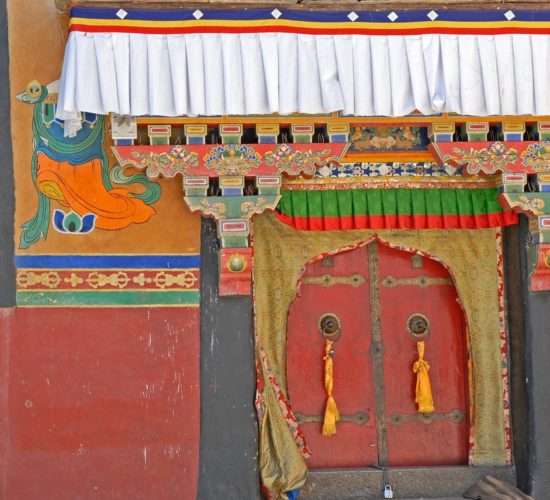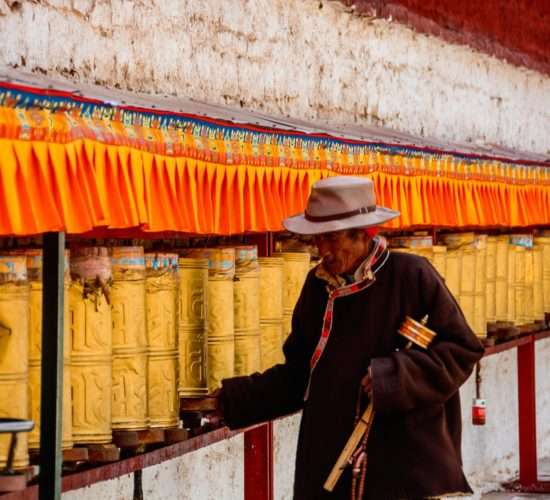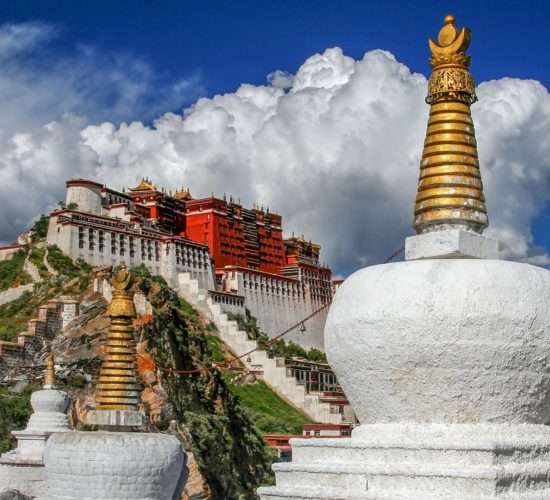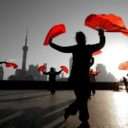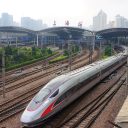With news that the Tibetan Autonomous Region is reopening travel to foreign nationals residing in China, you may be considering adding the “Roof of the World” to your travel list for 2021.
Tibet holds many allures – the pristine Potala Palace, the vast expanse of the Tibetan plateau, the snow-capped peaks of the Himalayas, the North and Eastern faces of Mount Everest, and the seat of Tibetan Buddhism, just to name a few. So, it’s no surprise that this beautiful destination is on many a bucket list.
With summer right around the corner, now is the perfect time to start planning this once-in-a-lifetime journey, one that is sure to reward you with a cultural and spiritual experience like no other.
When to visit
We recommend visiting Tibet between April and October. In winter, the cold weather and snow result in frequent road closures and an overall less-temperate experience. Summer, however, is prime time for sunshine and several of Tibet’s most important annual festivals, including the holy Saga Dawa festival in June, which celebrates the birth, enlightenment, and parinirvana of Sakyamuni, and the Nagqu horse racing festival in August, which takes place in the grasslands of northern Tibet.
Getting there and getting oriented

In order to travel to Tibet, you must first obtain a Chinese visa (good news for those currently in China, you’ve already ticked this box). The second step is to get a Tibet Travel Permit, which can only be applied for through a licensed travel company (like WildChina). Please see our Tibet FAQ page for specific requirements for each visa type.
Once you’ve received your Tibet Travel Permit, the next step is getting to Tibet. The main entry point is Lhasa, and non-Chinese passport holders have two options for getting there – flight or train.
A good way to ease yourself into the altitude is to take the train, which has the added bonus o providing some awe-inspiring views of the Tibetan plateau along the way. The main route, the Qinghai-Tibet railway, links Xining with Lhasa via a ~22-hour overnight train journey.
If you’re short on time, there are also many direct flights to Lhasa from cities like Beijing, Shanghai, Xi’an, Chengdu, Chongqing, Kunming and Shangri-La.
For more information on preparing for your Tibet trip, check out our full Tibet FAQs here.
Where to visit
Tibet is a vast land, and the best places to visit very much depend on what you’re looking for. Are you seeking a slower-paced, more spiritual experience, or are you interested in exploring the region’s pristine frontiers? For the first-time traveler, we recommend combining the three destinations of Lhasa, Shigatse, and Gyantse for a journey that is both accessible and diverse.
Lhasa

Lhasa is the main entry point in and out of Tibet, and has been the center of Tibetan Buddhism for thousands of years. As such, it is home to some of the regions most sacred sites, including the towering Potala Palace and the bustling Jokhang Temple.
In addition to the main sites though, the local culture is abundant and can be seen everywhere, including circumambating the main holy sites, prostrating in prayer, and relaxing over a cup of butter tea in one of the city’s many tea houses.
What we love:
- Exploring the gilded Jokhang Temple, considered the most sacred temple in Tibet
- Experiencing monks debating Tibetan Buddhist philosophy in the open courtyard of Sera Monastery
- Meditating in a hermit cave, claimed to be one of the earliest known meditation sites
Gyantse

The drive from Lhasa to of Gyantse will take you over you’re the first mountain-pass of the trip and leave you descending toward the surreally-turquoise waters of Yamdrok Lake. This is the perfect place to stop for lunch or a cup of tea, before carrying on with the drive.
Then, on to Gynaste, famous for Palcho Monastery and its kumbum stupa, which is thought to be the largest of its kind in Tibet. A clockwise path leads pilgrims up the kumbum’s six stories past 108 tiny chapels. You can also visit Gyantse Dzong, one of the best examples of Dzong architecture — a type of fortified monastery — which sits on a lone peak high above the surrounding valley.
What we love:
- Picnicking along the shores of the holy Yamdrok Lake at an elevation of 4,488 meters (~14,500 feet)
- Visiting a Tibetan family to learn about Tibetan culture and modern-day life
- Gazing up at the towering Gyantze Dzong fortified monastery
Shigatse

Shigatse may be Tibet’s second-largest city, but the local culture and life have yet to be altered by modernity – expect cows tied up outside homes and poultry set out to dry in the streets. Most people come to Shigatse to visit the Tashi Lhunpo Monastery, the traditional seat of the Panchen Lama. This monastery is both aesthetically beautiful and fully alive with the day-to-day rituals of the resident monks.
What we love:
- Learning about Tibetan Buddhism and life at a monastery from the local monks
- Discovering Tibetan celebrations and cuisine over dinner with a Tibetan family
- Exploring the practice of thangka painting, an important Buddhist art used in meditation
Ready to plan an unforgettable journey to Tibet?
Take a more profound look at spiritual life in Tibet. You’ll travel through its heart, touring in a loop from Lhasa, along the shores of Yamdrok Tso Lake, through rolling foothills, to Gyantse, Shigatse, and back. At each stop, an adventure, a new facet of Tibetan life to explore.

